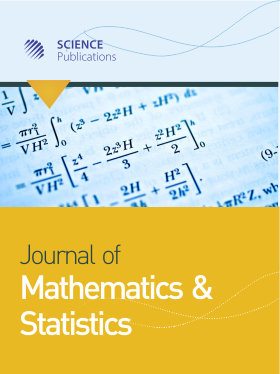COMBINING LONG MEMORY AND NONLINEAR MODEL OUTPUTS FOR INFLATION FORECAST
- 1 , Indonesia
Abstract
Long memory and nonlinearity have been proven as two models that are easily to be mistaken. In other words, nonlinearity is a strong candidate of spurious long memory by introducing a certain degree of fractional integration that lies in the region of long memory. Indeed, nonlinear process belongs to short memory with zero integration order. The idea of the forecast is to obtain the future condition with minimum error. Some researches argued that no matter what the model is, the important thing is we can generate a reliable forecast. Several tests have been proposed to solve the problem of distinguishing long memory and nonlinearity appears in a series. The power of the tests is somehow questionable in the sense that there is still a probability to obtain spurious result. To overcome this, model combination will be one of the solutions dealing with uncertainty in the model selection. In this case, it is assumed that both processes are candidates of best models with certain power to generate a good forecast. This research investigates the performance three model combination approaches to forecast the Indonesia inflation i.e., simple combination using balance weight as well as inverse Mean Prediction Error (MSPE) weight and Bayesian Model Averaging (BMA). These methods are capable to generate a reliable forecast in very short lead time. Combination using BMA outperforms the simple averaging for 1 ahead forecast, while MSPE performs best for long lead forecasts.
DOI: https://doi.org/10.3844/jmssp.2014.281.292

- 3,477 Views
- 2,449 Downloads
- 0 Citations
Download
Keywords
- Combination
- BMA
- Reliable
- Inflation
